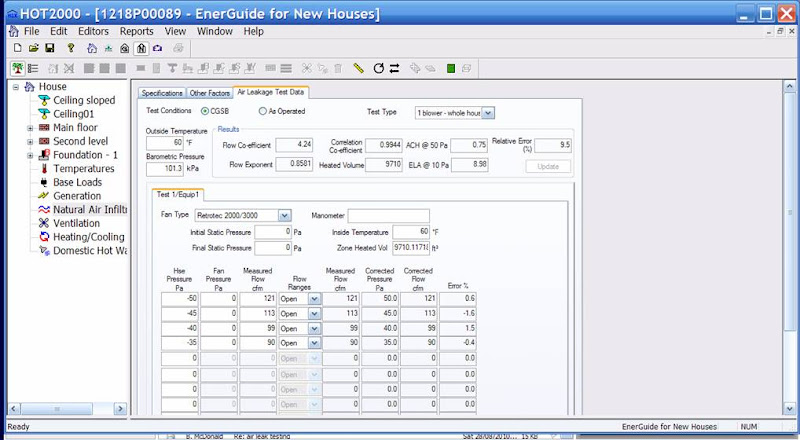The purpose of the workshop was to introduce a community engagement model for responding to the threats of climate change, fossil fuel dependence (Peak-Oil) and economic instability and inequity. Below is a quick, 3min video overview of the basis / rationale for the Transition initiative.
The Training for Transition workshop was put on by the Canadian Center for Community Renewal and Transition Victoria and hosted by the Northern Climate ExChange.
The thing about the Transition model that is attractive is that it bridges the multiple elements of sustainability well. It isn't a single issue concept. Rather, it embraces all of the interrelationships of social, environmental and economic elements of a community and recognizes that all the parts are needed for local resilience.
The really cool things about the workshops were:
- how many people showed up, and stayed for two days: I didn't realize so many people cared and had a similar vision for our town; that was so encouraging.
- the variety of people there: even though there was a definite leaning towards the "green" and socially minded segment of Whitehorse, there was still quite a broad mix of people. I think I might have been one of the more "diverse" as I was the lone capitalist in the mix. (I'm not really sure I'm a capitalist, but I do have a keen interest in economic sustainability. I think the economic part is too often overlooked in the Green Rush, and that we can't have the other two without having our financial house in order.)
- No one was there represented an organization: it seemed that everyone there was simply as a community member. That's great grass-roots and makes it way easier for us to connect as individual people and neighbors.
What was so encouraging was that even though there were a wide variety of individual interests and views, there seems to be common vision for building our community so that it weathers the storm. I think that is a healthy way for us to realize "We are all in this together" (as Red Green would say). We need to help each other with a common vision and help build bridges over the polarization in the Yukon.
A big thanks to Stephanie and Wendy for making this happen. Getting a transition initiative going here in Whitehorse is something I've pondered for a long time, but didn't know how to start. Or if anyone else was interested or cared. This has been a really encouraging start and I hope it can grow momentum here in our town.
There's a kick-off Transition Town meeting planned for next week. If you are interested to know more or to participate, you can contact me (I'm in the phone book).
P.S.
I found an even better (and shorter - 2min.) primer on Peak Oil and Transition Towns:









